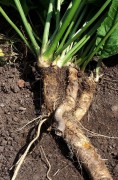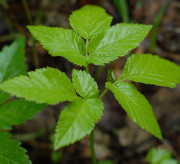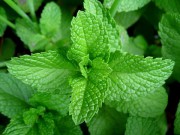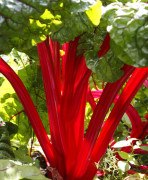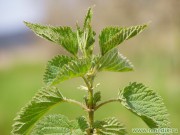Dandelion plant: root, flowers and leaves. Useful and medicinal properties.
Dandelion leaves and inflorescences are rich in vitamins C, B2, PP, as well as protein, iron, calcium, manganese and phosphorus.
Dandelion leaves and inflorescences are rich in vitamins C, B2, PP, as well as protein, iron, calcium, manganese and phosphorus. They are eaten to improve appetite, stimulate the digestive system, as a choleretic, laxative and anthelmintic.
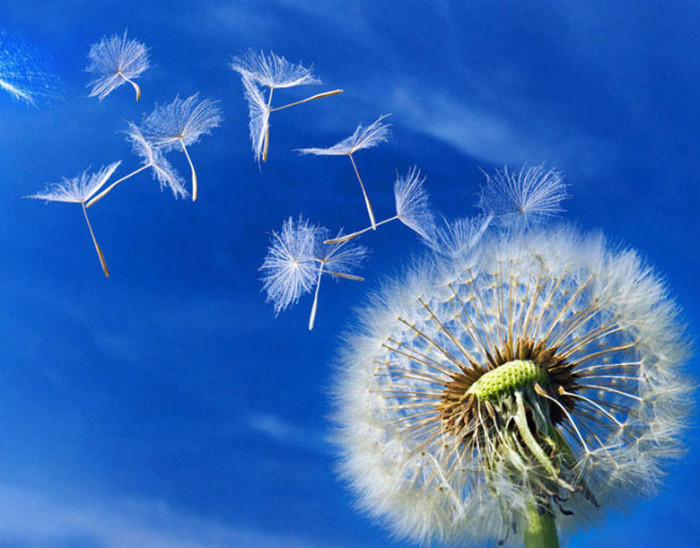
Photo. Dandelion ready to fly away with the wind.
The method of “cooking” young dandelion shoots is very simple: fill them with cold salted water for half an hour, then remove them when the liquid has drained. They can be used to prepare salads or eaten as an independent dish (adding your favorite spices).
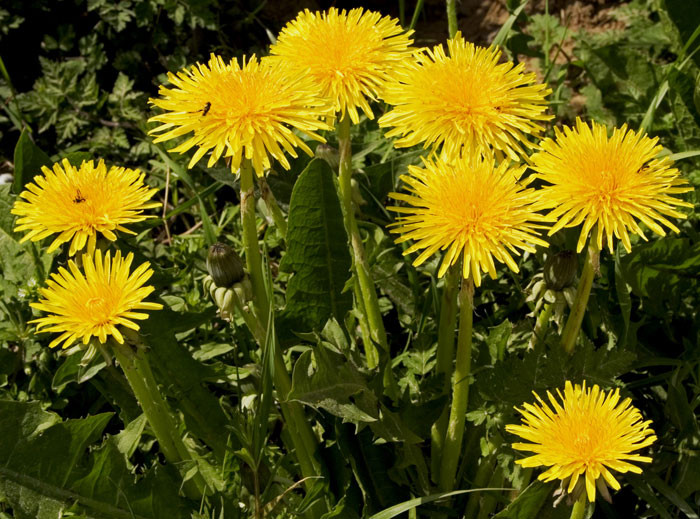
Photo. Dandelion flowers.
The roots of the plant are used to treat eye, urolithiasis, stomach diseases, as well as for constipation, hemorrhoids, and cough. The roots must be dug in the fall, and the flowers must be collected at the hottest time of the day (noon), while the leaves are most valuable in the spring and early summer (when they are young).
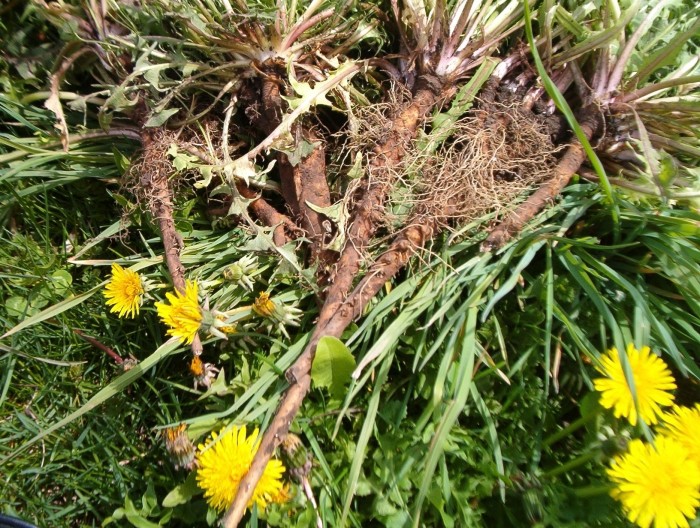
Photo. Dandelion roots.
“What can you make from dandelion for the winter?" - you ask. And how to prepare it for the winter? It turns out that the ways to make blanks are quite varied. Dandelions are possible pickle, make jam from them, use dry leaves for smoking instead of tobacco (for medicinal purposes), and even make unusual coffee from the roots of the plant roasted in a special way.





